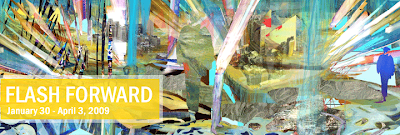“Work comes out of work.” ~ Richard Serra
This memorable quote leapt out of the pages of Spark: How Creativity Works by Julie Burstein, the producer of Studio 360. The book, which chronicles the creative process of many of today’s creators, is filled with little nuggets like this to inspire you.
As you know, I am all about the process – the creative process that is! While the finished product is a feat, for me it is the process that is really intriguing.
That’s why this was the first non-school related book, in a long time, that I not only read but devoured. From the first story that takes us on a journey with the artist Chuck Close as he discovers his renowned painting style despite his physical and learning challenges, I was hooked. According to Close,
“Inspiration is for amateurs, and the rest of us just show up and get to work. But so much of it comes out of the process…”
The rest of the book continues to explore the creative process, in all its forms, with examples from writers, architects, musician, and actors alike.
There are stories on how artists have dealt with adversity, created modern alchemy through their work, worked with partners and collaborators and just got to work. In this last chapter, the writer, Isabel Allende discusses, in fascinating detail, her ritual of starting a new work each year.
This book provides a deeper look into the creative process of some of the most intriguing contemporary artists and is a must read for process lovers.
- How have your life experiences influenced your work?


 Yesterday, Parade magazine published an article on a creative building transformation that has taken place outside St. Louis, where a struggling enclosed shopping mall has been turned into a thriving arts center. If you haven’t read it yet, check out
Yesterday, Parade magazine published an article on a creative building transformation that has taken place outside St. Louis, where a struggling enclosed shopping mall has been turned into a thriving arts center. If you haven’t read it yet, check out 






